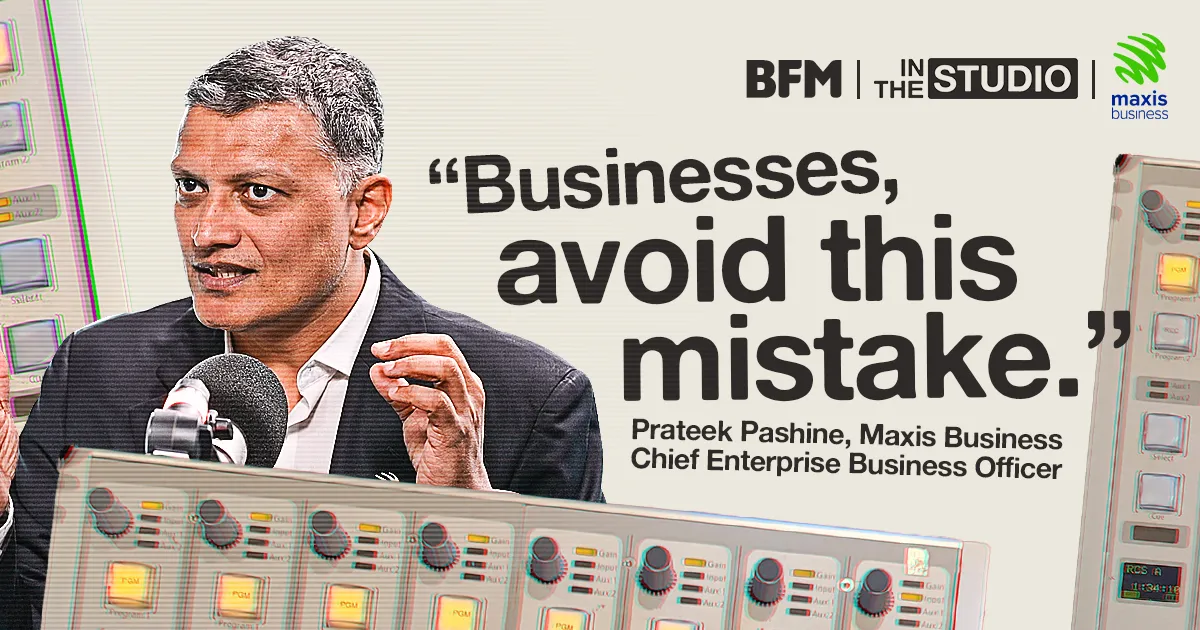Big Data: What Business Leaders Need to Know
The term ‘big data’ is used to refer to two different things. It can either mean a huge set of data (individual nuggets of information about anything from business performance to customer preferences). It can also refer to the technology used to handle huge amounts of data. However, for this article, we’ll use the first definition.
When we say big…
We mean really, really big. Think about everything you have stored on your phones and computers. These devices measure storage space in gigabytes or, for really heavy lifting, terabytes.
Big data is measured in petabytes (one million gigabytes) and exabytes (one billion gigabytes). A petabyte is big enough to store 500 billion pages of text (even at one page per second it would take a person over 16,000 years to read that much text) and an exabyte holds the equivalent of 1.5 billion CD-ROMs worth of data.
These numbers may already seem big, but in actuality, they are just the beginning. Take a single action on any social media platform as a piece of data. Now consider that more than 55,140 photos are posted on Instagram, 511,200 tweets are sent, and 4.5 million YouTube videos are watched every minute. That’s big data.
Where does big data come from?
Social media is just one of the many sources for big data. Data is also regularly harvested from databases, applications, websites, sensors, internet of things, and more. In business, how frequently people click on your ads, how long they take reading a blog post, whether they sign up for new product notifications, all adds to your pool of customer data.
Data can be structured (such as input from a spreadsheet) or unstructured (from presentations, emails, social media posts, etc.). Structured data is organised, making it easy to search, arrange and analyse. But, for the most part, big data is unstructured.
Mining for gold in big data
Big data is only as valuable as the insights it can provide. Getting these insights is not easy because most big data is unusable or ‘dark’ data. The business intelligence you can gather from big data is scattered and buried deep among the dark data (imagine having to sift through hundreds of billions of document pages to find the handful of information you can actually use).
Obviously, this is a task too great to be carried out manually. Luckily, we have the support of big data analytics, software designed to scan through huge amounts of information at super speeds. Findings are then presented as useful, actionable insights so you can make faster and smarter decisions for your business.
There are four levels of data analytics, each more advanced than the next:
Descriptive analytics
Descriptive analytics is the most common type by far; approximately 80% of business analytics is descriptive. This type of analytics looks at back at what happened in your business, identifying patterns in a staggering amount of data gathered from numerous sources.
For example, it can tell you which of your factories (or even individual machines) had a dip in productivity, whether a social media campaign was successful, or which time of day customers were most likely to visit your store last February.
Often, these findings can be presented as graphs, dashboards, reports or other easy-to-understand formats, which allows managers, sales personnel, directors, and investors to quickly grasp the situation.
Diagnostic analytics
Diagnostic analytics takes things a little further, helping you identify why past events occurred. For example, it might suggest that a new product didn’t reach expected sales numbers because a competing product was heavily marked down weeks before your launch.
Predictive analytics
Predictive analytics, along with prescriptive analytics, are what are known as ‘advanced analytics’ and empower you to make more informed business decisions in the future. Predictive analytics takes data you have to predict data you don’t have. It improves forecasting by applying statistical models to historical data and suggesting likely outcomes for a given set of circumstances.
A very simple example would be that, based on past click rate patterns, potential customers are more likely to open your emails if you send them early in the week, right after lunch. It may show that, historically, there is a spike in customer requests for your service on rainy days, which could influence how you time future promotions.

Big data is changing aviation by enabling airlines to perform predictive maintenance. Using sensors, airlines can monitor aircraft conditions and perform maintenance as soon as it is needed, reducing costs and increasing efficiency.
Prescriptive analytics
Prescriptive analytics is the most complex form of analytics requiring very advanced computing and a high level of human expertise. Instead of merely predicting what might happen, it allows you to examine multiple scenarios and make choices that may result in the best outcome.
For example, an analytics tool could predict what first-day sales would look like if you launched in July rather than late August; in Mid Valley rather than in KLCC, or both locations simultaneously. And then create a plan that entails all the best choices.
Where do you start?
Depending on the technology you apply, big data analytics tells you what customers are doing, what they are thinking and even how you can best influence customers to behave the way you want them to, such as to choose your product over your competitors.
It is already used by insurance companies to identify fraudulent claims. In healthcare, it may help find cures for certain types of cancer. In business, big data analytics is being used for everything from streamlining your supply chain, to boosting sales, to reducing risks, to retaining employees, and more.
Perhaps surprisingly, big data analytics starts with two very human decisions. The first is what exactly do you want to know? Is it insights about customers, productivity, income, or something else altogether? Does your question start with ‘what’, ‘why’ or ‘how’? Is it about the past or the future? Data analytics technology is smart, but it still needs you to ask the questions.
Which brings us to the second decision: Does your big data contain the answer to your question? Because, yes, with big data we are talking about millions or billions of pieces of information. However, if you are not gathering the right data, no software in the world can answer your questions. For example, if you are not tracking how many people responded to an email promotion, there are no analytics tool smart enough to tell you how successful your campaigns have been, let alone whether it is worth conducting email campaigns in the future.
So, the human component is still essential in deciding what insights you need and whether you have the data to uncover them. After that, however, you can fully depend on big data analytics not only to find and provide critical business insights but to present it to you in a matter of seconds.






